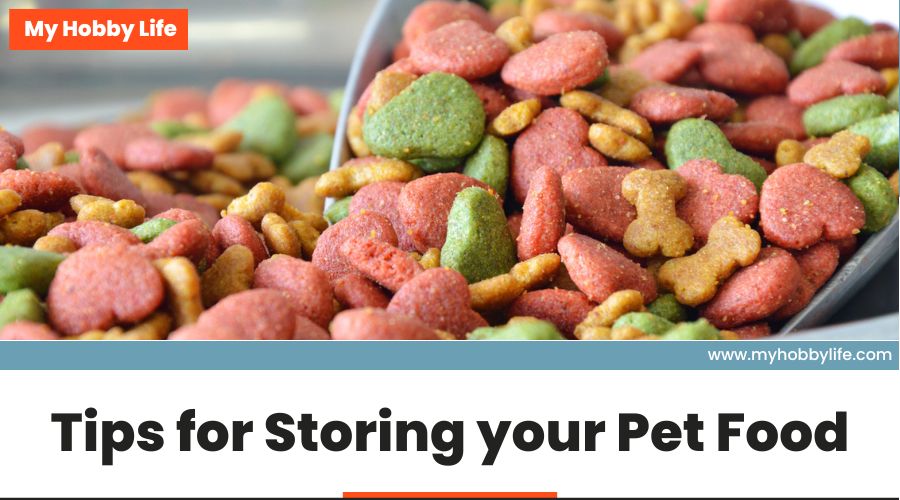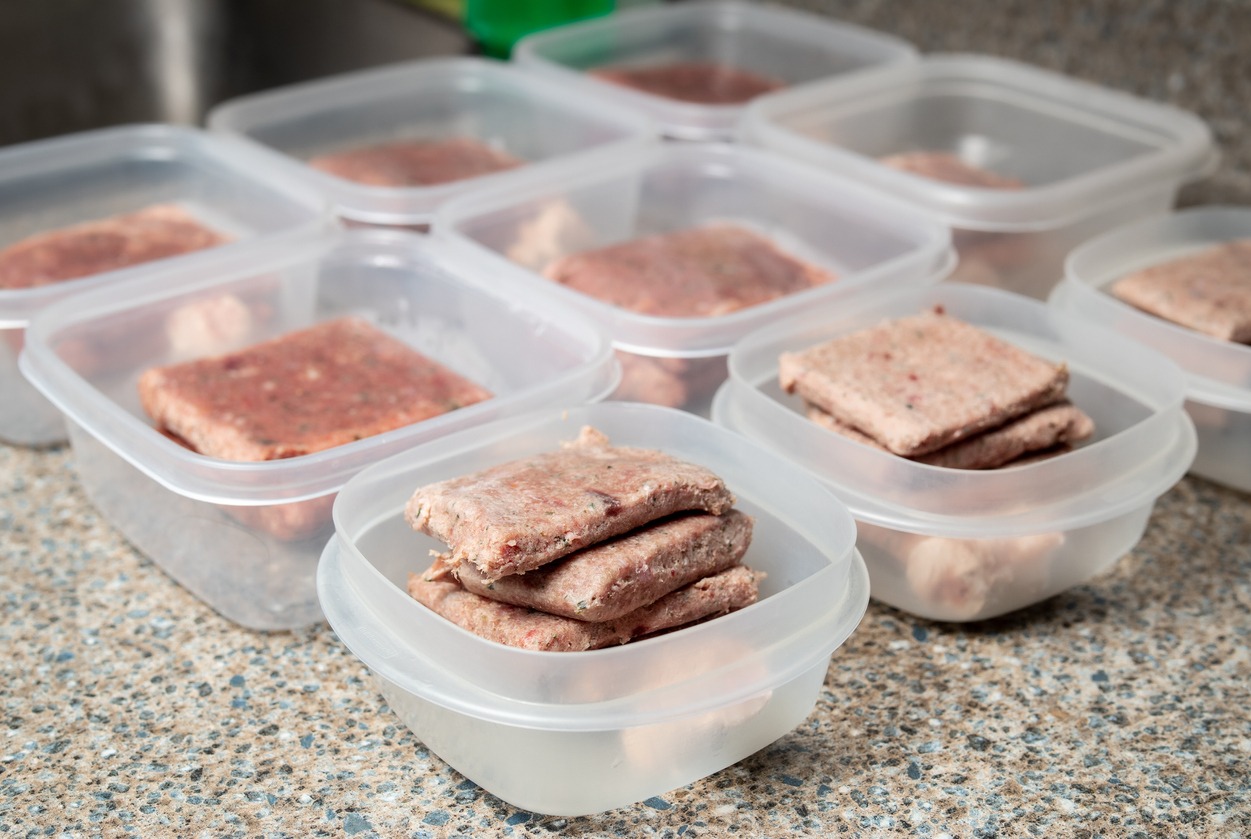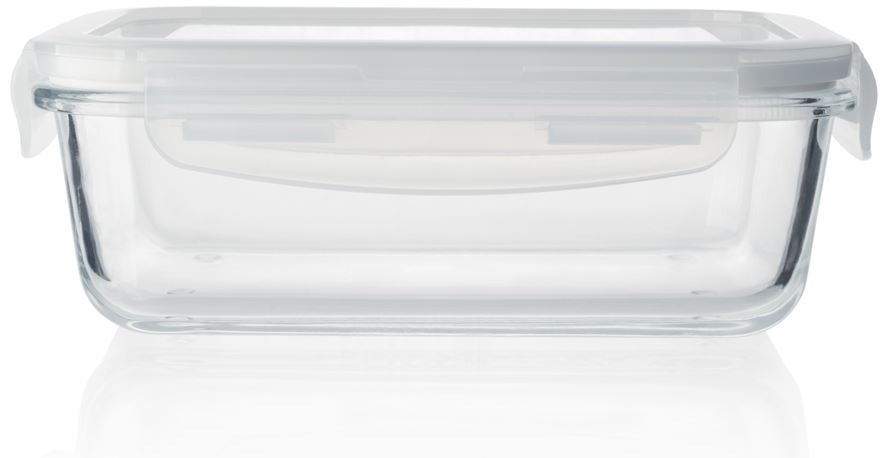The simplest diet to feed your pet is dry food because it’s typically more affordable and practical to use. Purchasing it in bulk will help you save money, but you must take care to store it properly. If not, the pet food can expire. Pet food storage containers ensure the food for your pets tasty, fresh, safe, and contained. Not only does it protect their kibble from the elements, dust, insects, and rodents, but it also adds a level of organization for any pet parent.
You might believe that putting your pet’s food in typical home storage containers is acceptable, but you would be wrong. Generic plastic containers may feel smooth, but as the kibbles’ fats and oils rub off and collect on the containers’ walls, they oxidize and turn rancid. Molds that are imperceptibly small may result from this. Use the correct plastic bin if you’re going to use one; don’t use any old container.
Tips for Storing your Pet Food Properly
You can make sure you’ve done everything you can to protect the food safety of your pet if you commit to following these guidelines for proper pet food storage. From dry cat food to your dog’s favorite treats, appropriate storage is essential to getting the most out of your purchase.
1. Check Expiration
Before purchasing and feeding your pet, always check the expiration date on the pet food package. Make sure your dog can consume all of the food before the best before date because many natural dog food products have shorter shelf lives.
Due to freezer burn, frozen and raw dog foods typically have the shortest expiration dates. Although freezer burnt food is not hazardous or terrible, the texture and flavor can alter, making it less appealing. Pet owners should use their own judgment, but pet food can still be good after its expiration date. If in doubt, go with a smaller bag or freeze some of it to keep it fresh longer.
2. Check the Packaging
No matter what kind of pet food you select, check to see that the packaging is intact and free of rips, tears, and leaks. Avoid feeding pet food that has been fixed or resealed with tape if you feed dry dog food, dehydrated food, or freeze-dried food. How long they were open is a mystery.
Small dents in canned dog food are frequently acceptable, but deep or edge dents may indicate a hole large enough to let air and bacteria in. Be wary of cans with significant denting. Avoid cans that appear puffy, particularly on the top and bottom. This can indicate that the food has gone bad and the seal has been broken.
3. Keep it Cool
Pet food should be kept dry and cool, no warmer than 26 degrees Celsius. Avoid humid environments where insects and mold can thrive. Keep your pet’s food out of the sun or in cooler areas of your home during the warmer months, such as the basement.
4. Use Airtight Containers
For a fresh taste, always store pet food in sealed dry dog food containers with the least amount of air. Additionally, an airtight seal will stop bugs from getting into the food you give your cat.
5. Store in Original Bag
The best way to keep pet food is in its original bag, folded or clipped to maintain freshness, and placed in an airtight dog food container. Keep the food in the bag, then put the bag in the storage container. The packaging for containers used to store dry dog food is specifically made to limit the formation of bacteria. The longer-lasting freshness will be ensured by this dual protection.
6. Go for a Durable Material
When keeping cat or dog food, glass or metal containers are frequently preferable to plastic ones. Plastic bags and containers are not always BPA-free and can give food unfavorable flavors or odors.
Plastic is also susceptible to scratches. The bacteria that can potentially contaminate the food can gather in such tiny nicks and indentations. Even goodies need to be properly stored to maintain freshness and security.
7. Keep it Up
Store your pet food off the ground to lower the risk of pest infestation. Pests will find it more difficult to enter if you store them in a cupboard, pantry, or even merely on a shelf. Treat jars and storage containers with an airtight seal are in handy in this situation.
8. Portion Feeding
Feed your pet in portions. Your dog or cat’s intake will be better under your control, and you may promote good eating habits. Additionally, it can stop pests from contaminating your pet’s food. Although it may seem easy to fill a bowl for the day, the food will be more susceptible to bacteria. To prevent stale food from continuously being buried by fresh food, totally empty the food bowl before refilling.
9. Don’t Leave Canned Out
Keep canned or wet food out of your pet’s bowl for no more than an hour. If your pet hasn’t eaten it, throw it away and wash the dish with soap and water before reusing it. Even more crucial is adhering to the guideline for raw food. More than 30 minutes of exposure to raw dog food increases the chance of bacteria growth, which might be dangerous for both you and your pet.
10. Don’t Mix Dry with Water
Although it’s not advised, there may be legitimate reasons to do so, such as with young puppies or kittens, animals with dental problems, or animals with other medical ailments. If you must add water to your pet’s food, remove the mixture after 30 minutes and wash the dishes.
Food that has been blended with a liquid meal topper should never be excluded. Other additives, such as bone broth and goat’s milk, are a popular flavor and nutrient boost. Try to feed no more than what your pet can consume in one session.
Conclusion
Pet food and treats should be stored properly to preserve the nutritional value of the items and to keep information accessible in case of an emergency. Additionally, proper storage keeps your pet from consuming too much of his own food or your cat’s special diet food. A pet food or treat may have issues if it has an unpleasant smell, the can or pouch is swelled or leaking, you discover a foreign object inside the item, or your pet falls ill after consuming it. Stop giving the food or treat to your pet if there is a health issue connected to it, and it is advisable to notify your veterinarian.


